 Safety/Quality
Safety/Quality
Report: Healthcare ransomware compromises millions of patient records, costs billions in downtime

Editor's Note Between 2018 and 2024, ransomware attacks on US healthcare organizations compromised nearly 89 million patient records and resulted in downtime costing an estimated total of $21.9 billion, according to a December 18 report from Comparitech. The report tallies 654 total ransomware incidents during this period targeting hospitals, clinics,…
First ACS cancer report highlights neoadjuvant therapy expansion, improvements
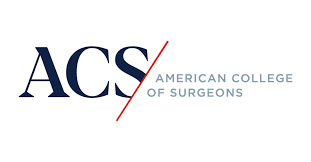
Editor's Note A significant increase in the use of neoadjuvant systemic cancer therapies is among the most notable findings from the first annual cancer report from The American College of Surgeons (ACS) National Cancer Database (NCDB). The report also emphasizes the value of early detection, innovative therapies, and robust datasets…
Hospitals continue to grapple with IV fluid shortage
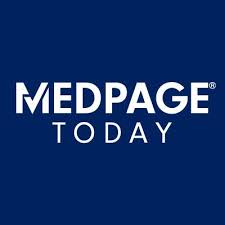
Editor's Note US hospitals continue to face a shortage of intravenous (IV) fluids due to Hurricane-related damage to the Baxter manufacturing facility that was responsible for 60% of the nation’s supply, MedPage Today reported December 31. Citing a report from Baxter, the article notes that the manufacturer has restored eight…
Cloud-based technology addresses resource constraints

Data is collected everywhere, from what we click online to whether we run a red light to how many steps we take each day. There is power in data. When leveraged effectively, data reveal patterns, insights, behaviors, and other potentially actionable intelligence. It stands to reason that data would be…
Why active implants demand proactive management
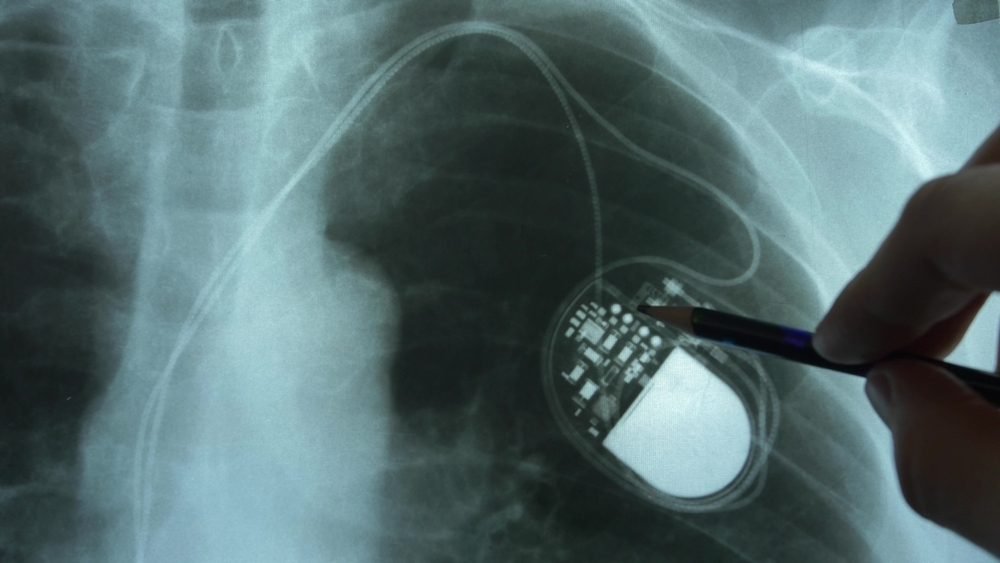
What happens when a surgeon uses the monopolar instrument set on 30-W coagulation mode to create an upper midline incision in a patient with a pacemaker? Pacemaker function is interrupted, causing a heart block that results in hemodynamic instability—or at least, this is what could happen without taking the necessary…
Mastering CMS regulations: How to ensure a finding-free Joint Commission survey

Takeaways • Requirements for improvement and condition level deficiency findings have been trending up in recent The Joint Commission surveys. • The scoring trends and OR hot spots focus on infection control, medication management, national patient safety goals, post-surgical electronic health record tracers, and transplant (tissue) safety. • Federal regulations,…
Surgical legislation advocacy focuses on safety, access

“Surgeons are the only people trained to provide surgery—life-saving care," says Carrie Zlatos, chief of legislative and political affairs at the American College of Surgeons (ACS). "They are an essential element of a community-based healthcare system. Regardless of where you live, everyone should have access to full quality surgical care.”…
Implications of 2024 surgical care trends for the year ahead

Perioperative leaders are entering a time of uncertainty after 2024 proved to be transformative for inpatient and outpatient surgical care. Last year saw important updates from The Joint Commission and the Centers for Medicare & Medicaid Services (CMS) that emphasized improvements alongside ongoing challenges in safety, workforce shortages, reimbursement, and…
Hospital addresses barriers to patient rest, recovery
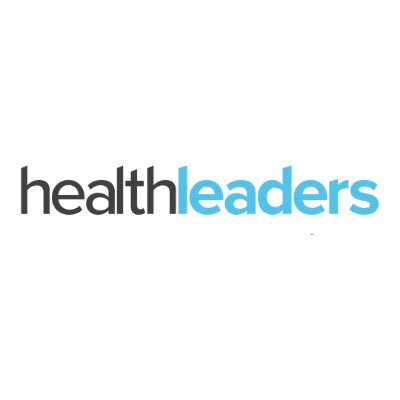
Editor's Note Implementing targeted interventions in hospitals can address common disruptions in the inpatient setting and significantly improve patient restfulness, according to a December 12 article in HealthLeaders Media. The article focuses on a study of nearly 700 patients conducted at Barnes-Jewish Hospital in St. Louis, Missouri, and published in…
Study: Psilocybin therapy reduces depression in frontline clinicians
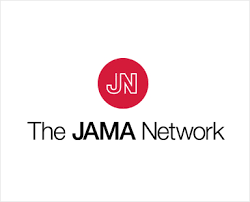
Editor's Note Psilocybin therapy significantly reduces symptoms of depression in frontline clinicians who experienced psychological distress during the COVID-19 pandemic, according to a randomized clinical trial published December 5 in JAMA Network Open. The trial enrolled 30 clinicians, including physicians, advanced practice practitioners (APPs), and nurses, who provided frontline care…

 Free Daily News
Free Daily News